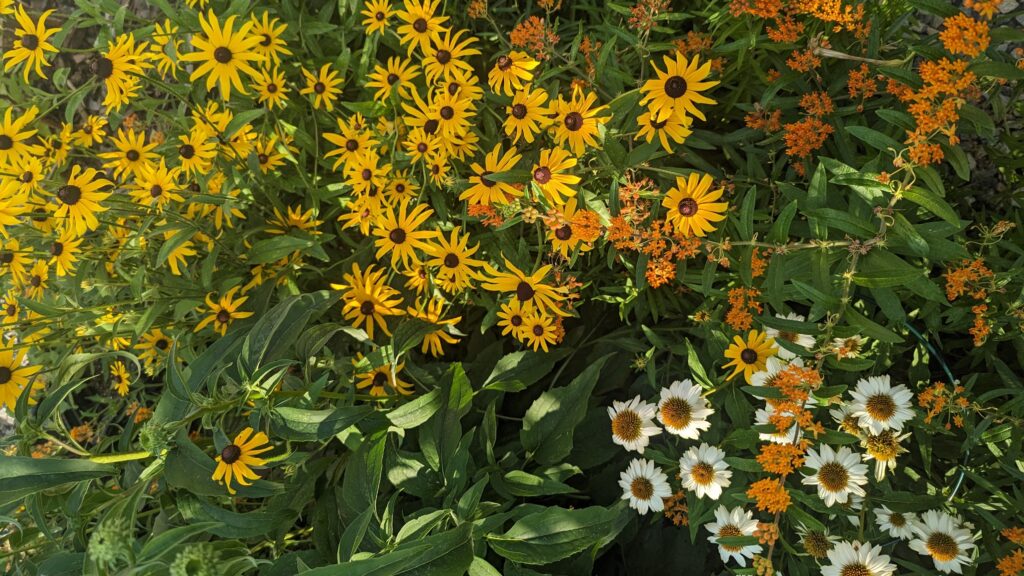What to Expect from Your Budding Spring Pollinator Garden

Spring is not only in the air, it’s in the earth and your pollinators are now anxiously pushing through to bring sustenance and joy to all! For those of you who have had your pollinator gardens for a year or two, you may think you’re used to what’s to come, but you may find something unexpected brought to you by a neighboring hummingbird or bat from a few blocks away. For our newbie DC Natives awaiting your first bloom, you are likely excited by the unknown. However you identify, DC Natives is here to give you a few tips on what to expect from your budding spring pollinator gardens. Make sure you take photos and videos to capture your pollinators’ metamorphosis and their visiting friends. Email us and share your pics or tag us on Instagram and Facebook.
March: Worry not; you likely didn’t see much activity until this last week, but if you have bulbs or ephemerals, they may have popped up a bit earlier. Now is a good time to start “cleaning” the garden. If you put leaves in your bed, unbury them now. Pulling weeds and cutting stems is optional, but do identify and pull out any diseased plants. If you need help identifying a weed or diseased plant, send us an email or write us on Instagram, and we will get back to you. As a reminder, 60-70% of native bees burrow underground to lay eggs. Please try to leave the soil as undisturbed as possible and resist the urge to add mulch right away.
April: Baptisia, yarrow, penstemon, geranium, coreopsis, and phlox will probably start flowering. Consider mulching with any leftover fall leaves.
May: All of the above should be in bloom, but don’t worry if your echinacea is behind as they tend to be late bloomers. You will likely notice green shoots for summer bloomers like milkweed, liatris, monarda, and mountain mint.
While you wait: If you want to stay busy and set up a sustainable home for your pollinator visitors, consider providing a nesting site for solitary bees or an area for butterflies to take shelter during inclement weather. Want to learn more about that? Join us for First Flower Friday, our demonstration garden series.